Winter wonders – Top plants this winter
28th July 2020
by Emmett Holland, Alpine Nurseries

Winter can seem a bit bleak in the garden, with cold frosty and foggy mornings, bare trees and not much colour. We can’t do anything about the cold and fog but there are some fantastic plants that add colour and texture during Winter.
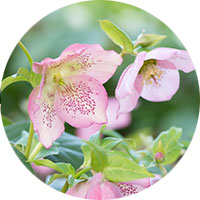
Helleborus, or Winter Rose, is a sensational low growing plant that is drought tolerant once established. It makes a fantastic display mass planted under deciduous trees where they will be protected from the hot summer sun, or in a pot as a feature. There are many varieties available with differing foliage creating its own interest. The single or double saucer-shaped flowers are produced through winter and come in a myriad of colours from white, pale green and yellow through pinks and reds to almost blacks.
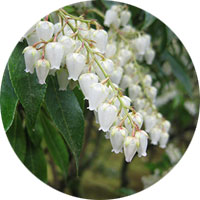
Pieris japonica, Lily of the Valley, is a small to medium evergreen shrub with varieties growing from 1-2m. The bell-shaped flowers come in pink or white and appear in slightly weeping racemes through winter to spring providing a stunning display. The flowers are also a good cut flower bringing some winter colour indoors. The new growth comes out red maturing to glossy green, and there is also variegated foliage forms. Pieris grow best in semi-shaded areas but will handle morning sun.
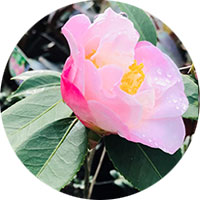
Camellias are an old favourite but are still a worthy addition to the garden. Sasanqua Camellias make a great screen or feature in a sunny situation and do best with regular watering and a good layer of mulch. The flowers can be single or semi-double in white to pink and red. Flowers are produced en masse from late Autumn into Winter. As the Sasanquas finish flowering then the Japonica Camellias begin their show. Growing best in shaded areas, Camellia Japonica produce many different types and shapes of flowers including the formal double flowers that come to mind when a lot of people think of Camellias. Colours range from white to pink, yellow, red and to almost purple.
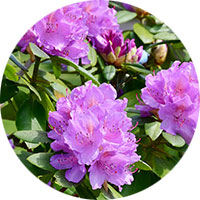
Rhododendrons are another one that seems to have gone through a few revivals but thoroughly deserves a place in any garden. There are thousands of varieties to choose from ranging from small to large shrubs. The spectacular flowers appear late winter to spring in many colour variations from white through pinks and reds and amazing purples. Rhododendrons prefer a sheltered position with morning sun and protection from the hot summer afternoon sun and a good layer of mulch.
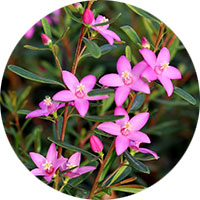
For a stunning native display, the Croweas are hard to beat. White to pink star-shaped flowers are produced in large numbers over the small shrubs through Autumn, Winter and Spring. Croweas grow well in a sunny position with good drainage.
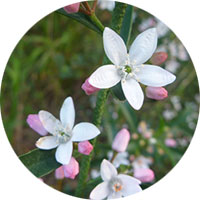
Philotheca, or Eriostemon as they used to be known, are a fantastic native plant that is covered in white or pink star-shaped flowers in Winter and Spring. The foliage has a lovely aroma when brushed past making it ideal beside paths and the flowers are also good as cut flowers. It is an extremely tough shrub that deserves a place in the garden.
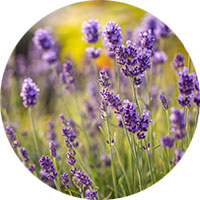
The many forms of Lavender recover through Autumn after the heat and humidity of Summer and start to put on their show in Winter and Spring. There are many different forms with variations in both foliage and flowers. Sizes vary from the small Lavandula angustifolia, English Lavender, forms to the large and tough Lavandula dentata, French Lavender. With lovely fragrance coming from the flowers and foliage, Lavender makes an ideal border besides a pathway or entertaining area.
These are just a few of the plants that can be used to add some interest in the winter garden proving that there is no need for Winter to be dull.
Written by Emmett Holland – Alpine Nurseries
Horticulturalist Assoc. Dip. Hort, B. Hort. Sc.
Comments posted to this page are moderated for suitability. Once your comment has been checked it will be uploaded to the site.